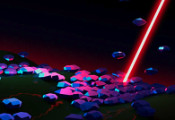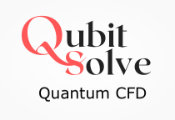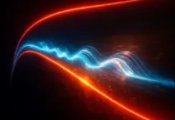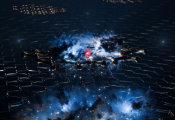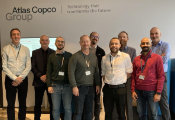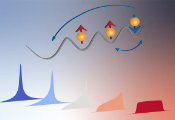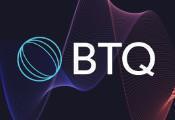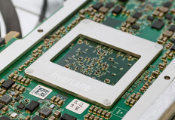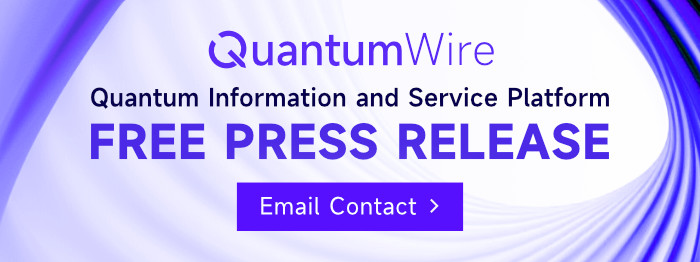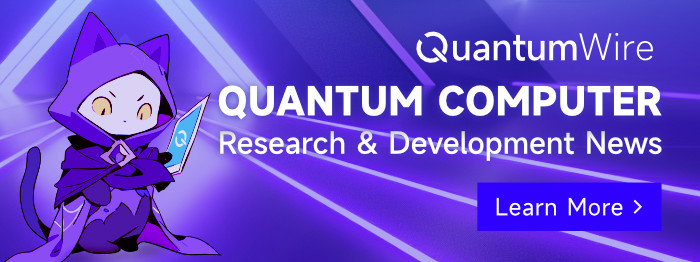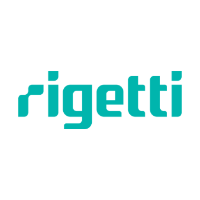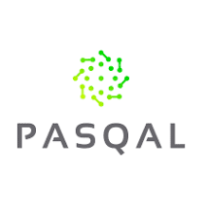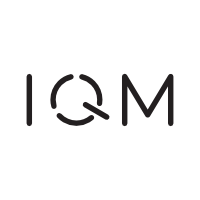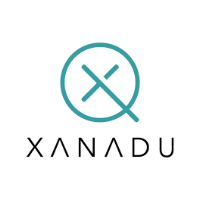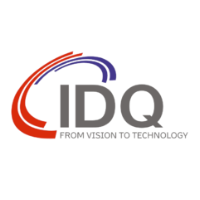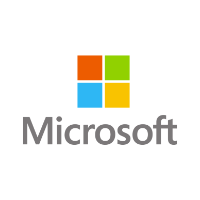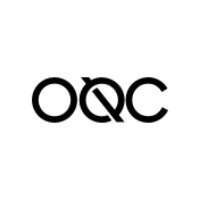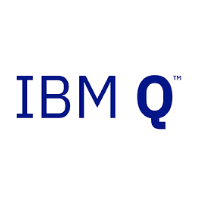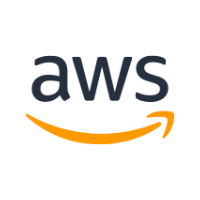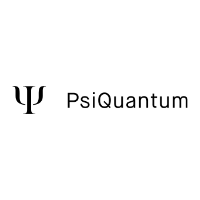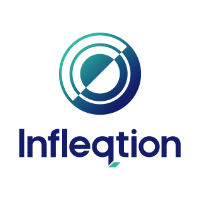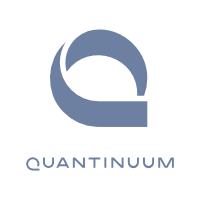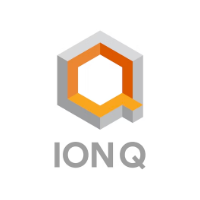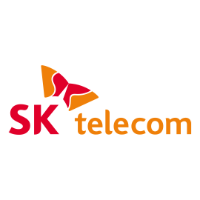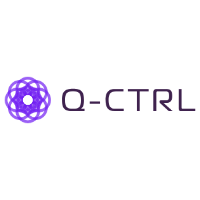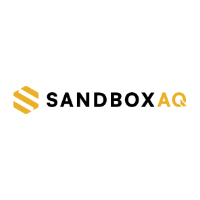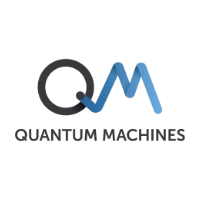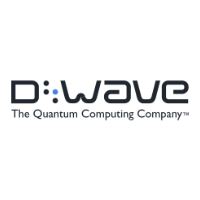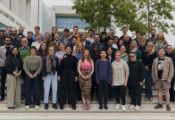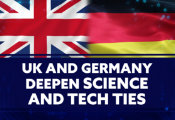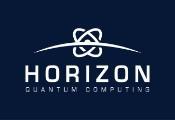More Efficient Circuits for AI and Quantum Computers
Jena / Munich, June 03 2025 -- Lithium niobate has long been a standard material for modulating optical signals, both in telecommunications and in laser amplifiers. Researchers at the Fraunhofer Institute for Applied Optics and Precision Engineering IOF have further developed thin-film lithium niobate (LNOI) to build integrated optical circuits. This is a breakthrough for photonic integrated circuits that enable energy-efficient, fast and scalable photonic systems. The technology will be presented at the World of Quantum trade fair in Munich from June 24 to 27.
Photonic integrated circuits (PICs) differ from electrical ICs: they have waveguides instead of electrical conductors and the light signals are processed in small interferometers instead of transistors or gates. Both waveguides and interferometers can be manufactured excellently in lithium niobate. The researchers at Fraunhofer IOF can realize these structures in thin-film lithium niobate grown on an insulating material (LNOI). The process uses technology from semiconductor manufacturing and is therefore immediately scalable.
Quantum computers with photons
"With LNOI technology, we can produce photonic components with a very high bandwidth, low power-loss and compact design," comments Dr. Falk Eilenberger, Head of the Department of Micro- and Nanostructured Optics at Fraunhofer IOF. "These are properties that are crucial for future applications in communication and data processing," adds Dr. Frank Setzpfandt. Setzpfandt is a researcher at the Friedrich Schiller University Jena. Together with other partners, the teams around him and Eilenberger are active in the PhoQuant research project, a project funded by the German Federal Ministry of Research, Technology and Aeronautics (BMFTR, formerly BMBF), in which context the technology was developed and is also to be used.
PhoQuant aims to develop a quantum computer that uses optical technologies. Such a photonic quantum computer does not require the complex cooling as needed for other quantum computers. It uses quantum light sources that generate special states of light and processes them in integrated LNOI structures. The resulting optical signals can be measured or interact with other qubits in the quantum internet.
Optical circuits for data centers and AI
However, LNOI technology also works for normal laser signals. Laser technology has revolutionized data transmission in recent decades and has made a significant contribution to making transmission rates in the Gbit and Tbit/s range possible today.
Some properties of light are now also helping to make data processing at processor level considerably faster. It is important to note that light signals enable a much higher bandwidth. As light signals of different wavelengths can be easily superimposed, optical processors can even process several signals simultaneously in the same "line", i.e., the same waveguide.
The LNOI technology developed in the PhoQuant project at Fraunhofer IOF has the advantage that it allows processing speeds in the 100 GHz range. The control voltage for the modulators is in the range of a few volts - a special feature of the Jena technology. "This offers significant advantages in the application of optical integrated circuits," explains Dr. Eilenberger. In addition to the modulators, the team from Jena is developing a whole range of integrated optical components based on LNOI.
The optical circuits are suitable for various special tasks, including typical artificial intelligence tasks. "In the future, optical computers will perform such tasks faster and much more energy-efficiently than conventional circuits," says Dr. Eilenberger, describing the future of LNOI technology.
Presentation at the World of Quantum 2025
Interested visitors to World of Quantum can experience Fraunhofer IOF's LNOI technology, including various integrated optical components, at the PhoQuant booth A1.439. Another exhibit will be on display at Laser World of Photonics at the central Fraunhofer IOF information booth A2.415.

